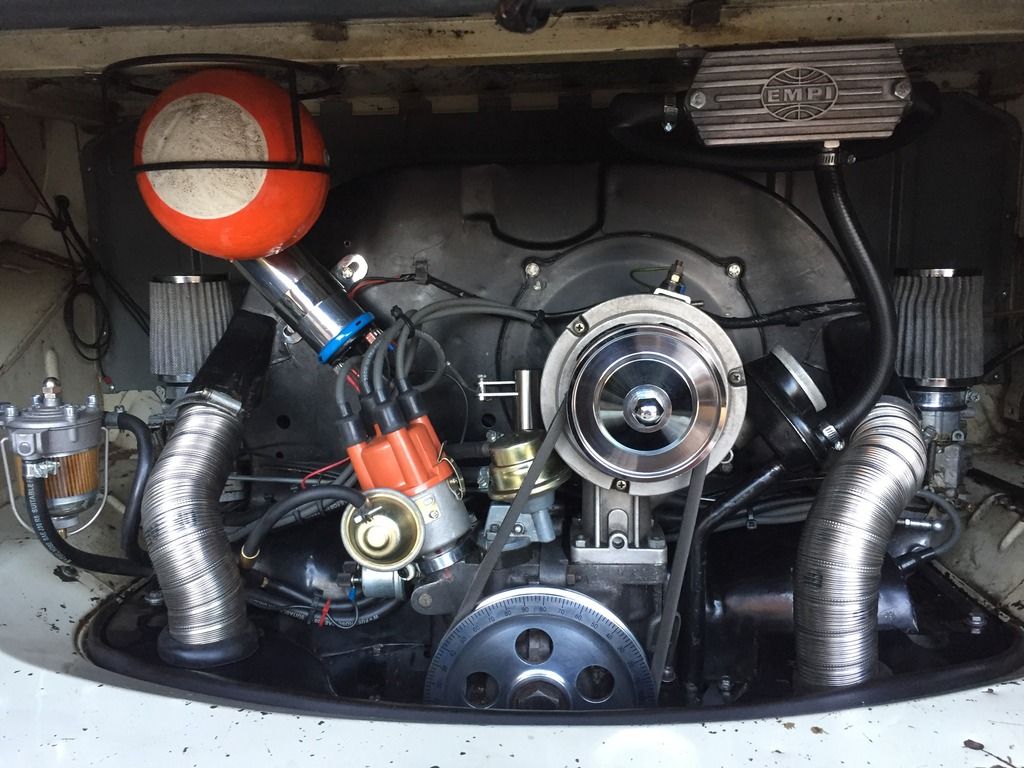I put this advice from a fire fighter friend up as a "sticky" on another forum many years ago. Perhaps it's time it had a home on here?
"I know how gut-wrenching it is when it happens to your bus trust me, so here are a few tips.
1. Don't panic, you will lose track of time and spend a vital 30 seconds thinking about things you perhaps don't need to.
2. It will most likely happen whilst you are driving, as soon as you detect a loss of power or hear something not right, get the indicator on and start pulling over, people will get out of the way Tell everyone to get their seatbelts off and get ready to get out. Do not drive with your side door locked if there are people in the back.
3. Have your extinguisher handy. At about 15 mph pull on the handbrake.
4. As the vehicle comes to a stop switch off your engine, get your hazards on and ensure everyone is out and send them away Get one of your passengers to call the fire service and let them know if you have a gas cylinder on board. Don’t think about your iPod, etc. Your van is unlikely to explode for a while yet so if you feel up to it it’s time to get in there.
5. If you have a locking engine lid it’s always wise to drive with it unlocked.
6. Pop the engine lid so that the bottom of the hatch is just a couple of inches open and pop a quick squib of dry powder up into the roof of the engine bay. This will knock down the flames and enable you to see what’s actually on fire, you can then open the lid proper.
7. Main culprits are the fuel pump, carb, fuel lines, gas cylinder hoses, batteries, oily deposits on the engine and engine bay roof lining. If your gas hose is alight a little squib should put it out, once out turn off the gas, the regulator will only allow a little gas through and the cylinders are very robust. Following this, hit the other seats of fire starting with the biggest, each time with little squibs of the extinguisher. Dry powder is an excellent extinguishing media, you really don’t need much to make it work and you want some left for the next job.
8. Have a look underneath to see if your fuel line is alight and aim the powder at any seats of fire that may be underneath. If you can see fuel leaking out try to block the fuel line with mud, a biro, mole grips anything you can find. (I have epoxy putty in the glove box, you can get it from B&Q in a little 6 pack.)
9. Go back and check all the other seats of fire are extinguished, if you are unable to put it out, you and your passengers should get about 50 metres away and look away, no-one wants to watch their van burn.
10. If you have cracked it, the work isn’t over yet, you need to disconnect the battery, ensure the fuel supply is isolated and monitor all the hot spots until help arrives.
11. DO NOT try and repair it and carry on your journey, there is no telling what hidden damage has been done.
12. Take pictures for insurance purposes, and to get lots of sympathy from your fellow VW owners.
It’s a horrible business, but it is possible to minimise the damage if you can start to knock down the flames in the first 30 seconds.
The regular comments about fuel lines, fireflex, etc are good practice, don’t ever think it won’t happen to you (I did)."



